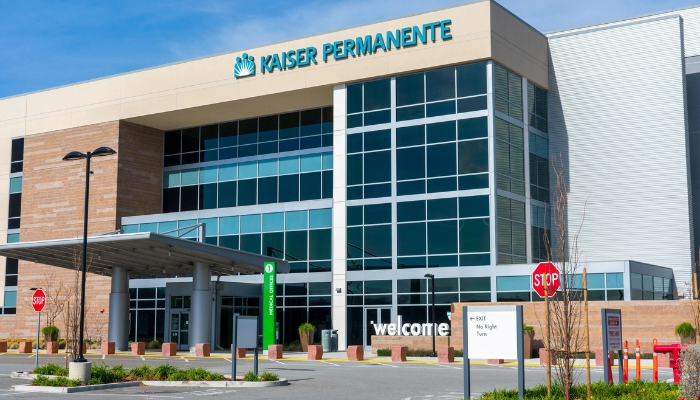Immigration and the US Economy: Growth and Challenges
Anúncios
In recent years, the United States has experienced a remarkable economic boom amidst a surge in immigration. This influx of migrants has sparked debates, both in the political arena and among economists, about the impact of immigration on the economy. While there are clear benefits to increased immigration, such as filling labor shortages and driving economic growth, there are also challenges and complexities that must be addressed. In this article, we will explore the various facets of immigration and its impact on the US economy, including the economic benefits, challenges, and potential policy responses.

[su_button url=”https://www.capitalone.com/credit-cards/venture/” style=”flat” background=”#184ca1″ size=”15″ icon=”icon: credit-card-alt”]APPLY FOR A CAPITAL ONE VENTURE CARD[/su_button]
Economic Benefits of Immigration
One of the most significant economic benefits of immigration is its contribution to economic growth. According to the Congressional Budget Office (CBO), immigration is projected to add $7 trillion to the US GDP over the next decade. This growth is driven by an increase in the workforce, as immigrants fill critical gaps in various sectors of the economy. Moreover, immigrants often bring diverse skills, experiences, and entrepreneurial spirit, which can foster innovation and productivity growth.
Furthermore, immigrants has a positive impact on tax revenue collections. As immigrants join the workforce and contribute to economic activity, they pay taxes that help fund public services and infrastructure. This additional revenue can alleviate fiscal pressures and support government spending on essential programs.
Strain on State Resources
However, increased immigrants also presents challenges, particularly at the state and local levels. State and local governments are responsible for providing essential services such as education, healthcare, and social welfare programs. The influx of immigrants can strain these resources, especially in areas with high concentrations of migrants.
For example, public education is one area where the impact of immigration is keenly felt. Schools may experience overcrowding, language barriers, and additional costs associated with providing English language learners (ELL) programs and support services. Similarly, healthcare systems may face increased demand for services, leading to longer wait times and higher costs.
Wage Depression and Labor Market Dynamics in Immigration
Another concern raised by economists is the potential for immigration to depress wages, particularly for low-skilled workers. Immigrants often compete with native-born workers for jobs in sectors such as agriculture, construction, and hospitality, where wages tend to be lower. This competition can drive down wages, exacerbating income inequality and economic insecurity among certain segments of the population.
Moreover, the labor market dynamics resulting from immigration can have broader implications for wage growth and economic stability. While immigrants contribute to overall economic growth, their presence in certain industries may lead to a redistribution of wealth, with winners and losers across different sectors of the economy.
Policy Responses and Solutions for Immigration
Addressing the economic challenges and opportunities associated with immigration requires a comprehensive and nuanced approach. Policymakers must balance the need to harness the economic benefits of immigrants with the imperative to mitigate its negative impacts on vulnerable populations and strained public resources.
One potential policy response is to invest in education and workforce development programs to equip both immigrants and native-born workers with the skills and training needed to succeed in a rapidly evolving economy. By providing access to quality education and training opportunities, policymakers can empower individuals to compete in the labor market and contribute to economic growth.
Additionally, policymakers should consider reforms to the immigration system to ensure that it aligns with the economic needs of the country. This may include streamlining visa processes for high-skilled workers, implementing guest worker programs in industries facing labor shortages, and providing a pathway to legal status for undocumented immigrants already living and working in the United States.

Furthermore, fostering collaboration between federal, state, and local governments, as well as private sector stakeholders, is essential to address the complex challenges posed by immigration. By working together, stakeholders can develop targeted strategies and initiatives to maximize the economic benefits of immigration while mitigating its adverse effects on communities and individuals.
Conclusion
In conclusion, immigration plays a significant role in shaping the US economy, with both benefits and challenges. While immigration contributes to economic growth, fills labor shortages, and fosters innovation, it also strains state resources, depresses wages for some workers, and presents broader challenges for economic policy.
Moving forward, policymakers must adopt a balanced and evidence-based approach to immigration policy that maximizes the economic benefits while addressing the challenges. By investing in education, reforming the system, and fostering collaboration across sectors, the United States can harness the potential of immigration to build a stronger, more inclusive economy for all.
See also: Economy: Strong Position Defies High Interest Rates
[su_button url=”https://www.capitalone.com/credit-cards/venture/” style=”flat” background=”#184ca1″ size=”15″ icon=”icon: credit-card-alt”]APPLY FOR A CAPITAL ONE VENTURE CARD[/su_button]






